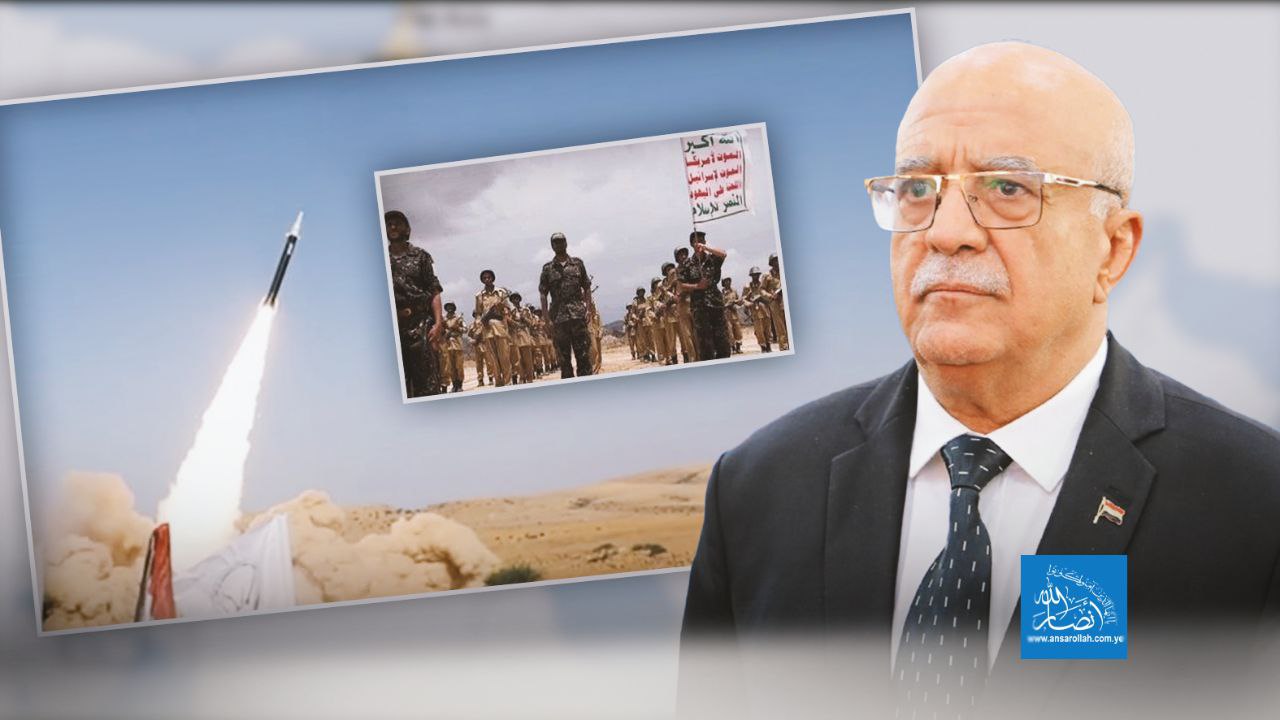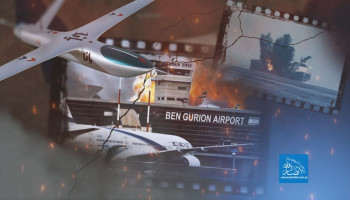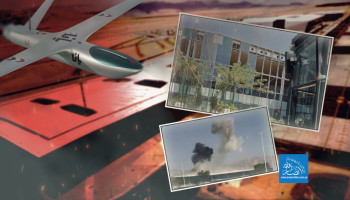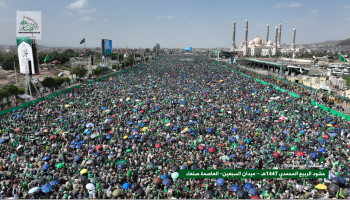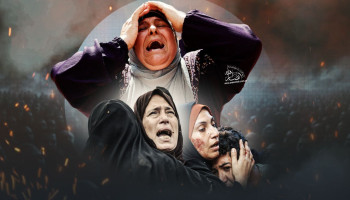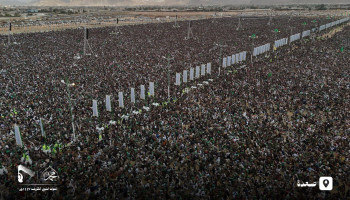Ansarollah Website. Analysis | Ahmed Daoud
The Yemeni front supporting Gaza has been the most horrific nightmare for the Israeli enemy since the launch of the Battle of Al-Aqsa Flood in 2023. Once viewed with disdain by the Israeli enemy, it has become a major threat and a front pressing to halt its aggression and siege of the Gaza Strip.
Events have escalated dramatically recently. The Israeli enemy, which had searched for a loophole to penetrate the Yemeni front for months, was able, through a "stroke of luck"—as President Mahdi Al-Mashat describes it—to assassinate Prime Minister Ahmed Ghaleb Al-Rahawi and a number of ministers during a meeting last Thursday.
Despite the severity of the loss and the enormity of the tragedy, the impact on the Yemeni front was not significant. The targets were ministers working in civilian capacities, and their activities and movements were well-known. Yet, the government's work continued uninterrupted, and the martyred minister was soon succeeded by another.
But the question that arises is: What prompted the Israeli enemy to commit this crime? And what is the extent of its capabilities to engage more deeply on the Yemeni front?
Reading the events and their sequence, the Yemeni Armed Forces' launch of operations deep inside the Israeli enemy entity with cluster munitions constituted the most terrifying and alarming event for the Zionists. This type of missile, experts say, cannot be intercepted. It is a hypersonic missile (Palestine 2), but it has been developed to be converted into cluster munitions, further frustrating the enemy if it attempts to intercept it, as it turns into terrifying shrapnel. This type of missile remains a chronic headache for the Zionists during the 12-day war with the Islamic Republic, where Iran's cluster munitions were able to level entire residential areas, forcing the enemy entity to surrender.
Israeli fears will increase if Yemen moves to this stage of brutal operations, the effectiveness and impact of which the enemy cannot deny. This is why the Zionist aggression on the capital, Sana'a, targeted civilian objects, including the oil company's oil terminal and Haziz power station. It then targeted a regular meeting of the Government of Change and Construction, which resulted in the martyrdom of Ahmed Ghaleb al-Rahwi and a number of ministers. This is part of the Zionist aggression's aim to exert significant pressure on Yemen to halt its support for Gaza.
Possible Scenarios
We are, therefore, facing a new phase. Yemen, geographically distant from occupied Palestine, has become the most effective and influential front against the enemy entity, while the Arab states neighboring the enemy entity prefer silence, complicity, and even major betrayal of the Palestinian cause and its sanctities, by supporting the enemy by all available means in its crimes in the region.
Faced with such a reality, the Israeli enemy is proceeding with its grand criminal plan, represented by what war criminal Netanyahu calls "Greater Israel," with significant and unlimited support from the United States. This project targets the entire region, extending beyond the borders of Palestine to the borders of Lebanon, Syria, Egypt, and the Gulf. Nowadays, there is no deterrent to this plan other than Yemen and its wise leadership. Therefore, the first scenario involves the Israeli enemy continuing its hellish plan, while Yemen continues to confront it. This means further confrontation using various methods and forms. The cost to the enemy will be enormous, and it is not unlikely that the armed forces will resort to using new weapons that will exert significant influence and pressure on the enemy entity.
The second scenario is that the Zionist aggression against Yemen could lead to the withdrawal of the Yemeni front and a decline in its support for Gaza, as happened with the Lebanese and Iraqi fronts. However, this scenario is not at all possible, especially since the revolutionary leadership, represented by Sayyed Abdul-Malik Badr al-Din al-Houthi (may Allah protect him), emphasizes that Yemen cannot be stopped, nor can it withdraw its support for Gaza, as this is a religious and principled position. Therefore, the Israeli enemy must realize that Yemen is invincible, and its raids cannot stop the Yemenis, who are known for their resilience, patience, and endurance. The best example of this is the failure of the Saudi-American aggression to achieve victory in Yemen, despite the aggression's continuation for ten years.
While the second scenario is not feasible, some believe that the third scenario may be more likely, which is the continuation of the confrontation between the enemy entity and Yemen at the same pace. This means that missiles will continue to be launched from Yemen, while the enemy entity will carry out raids on civilian neighborhoods.

